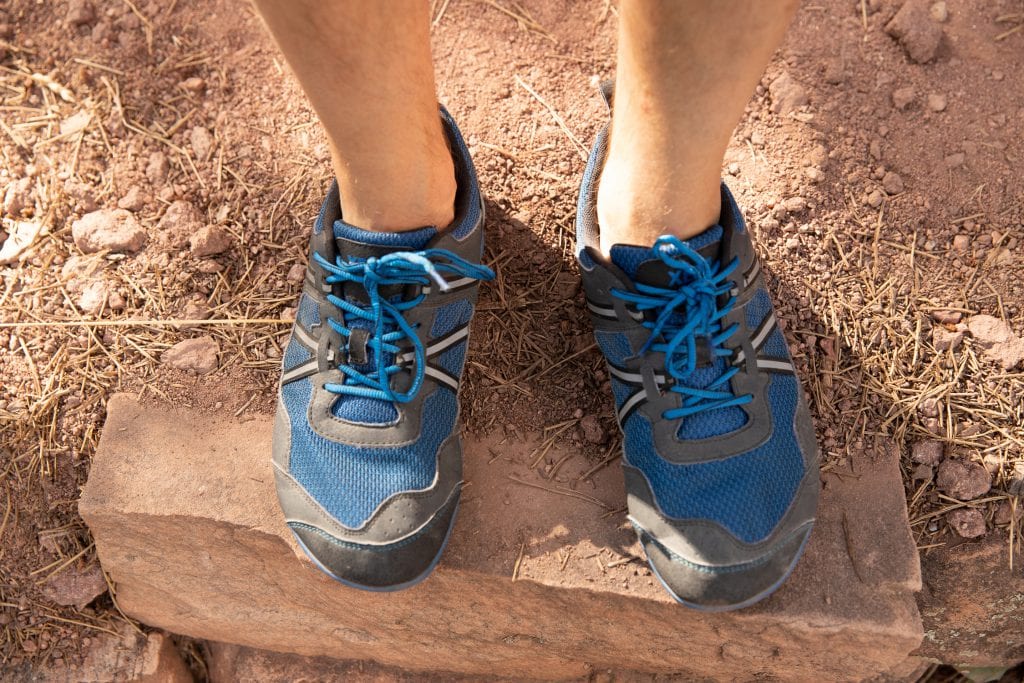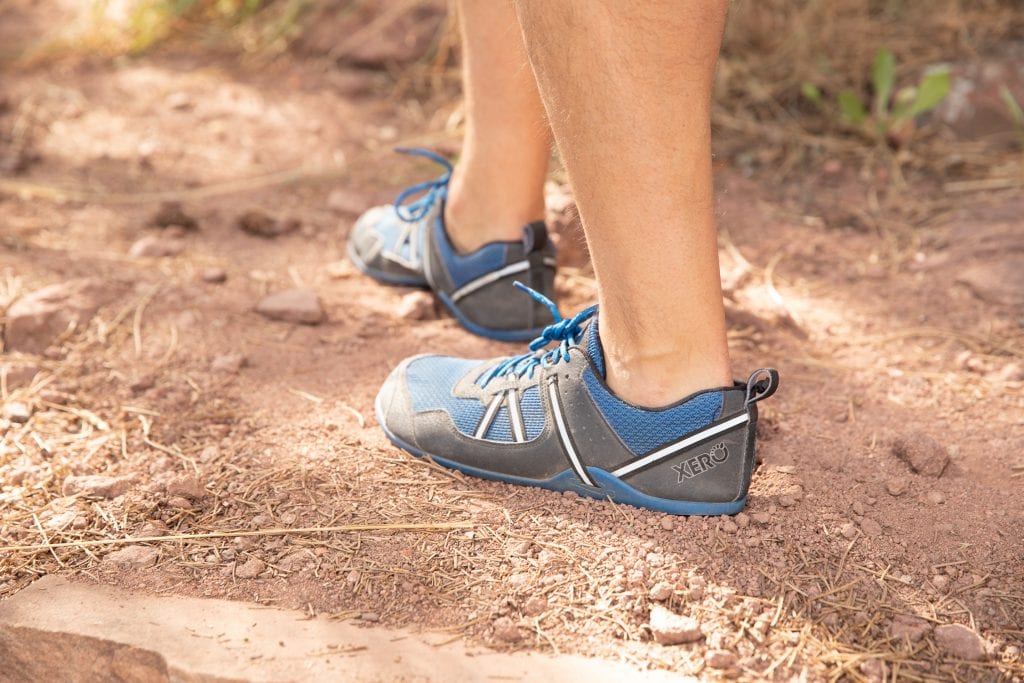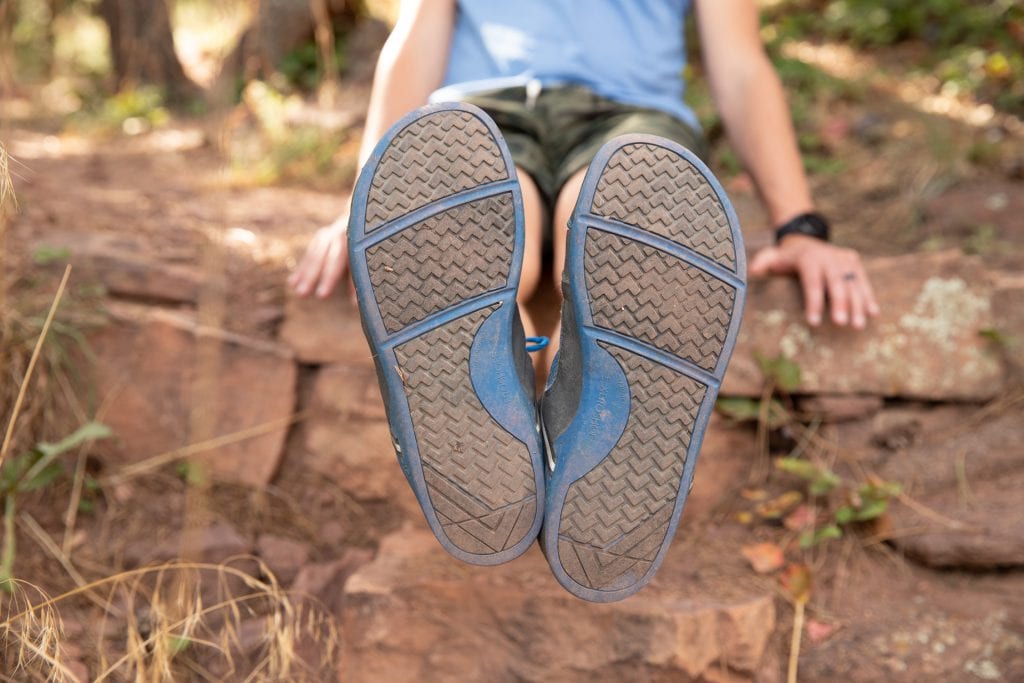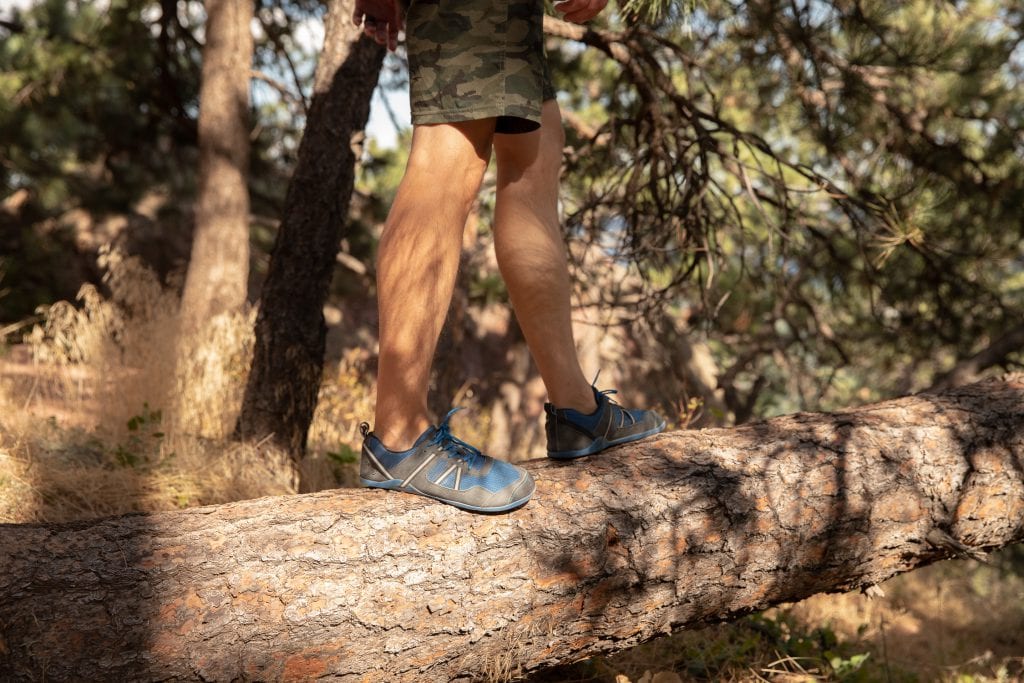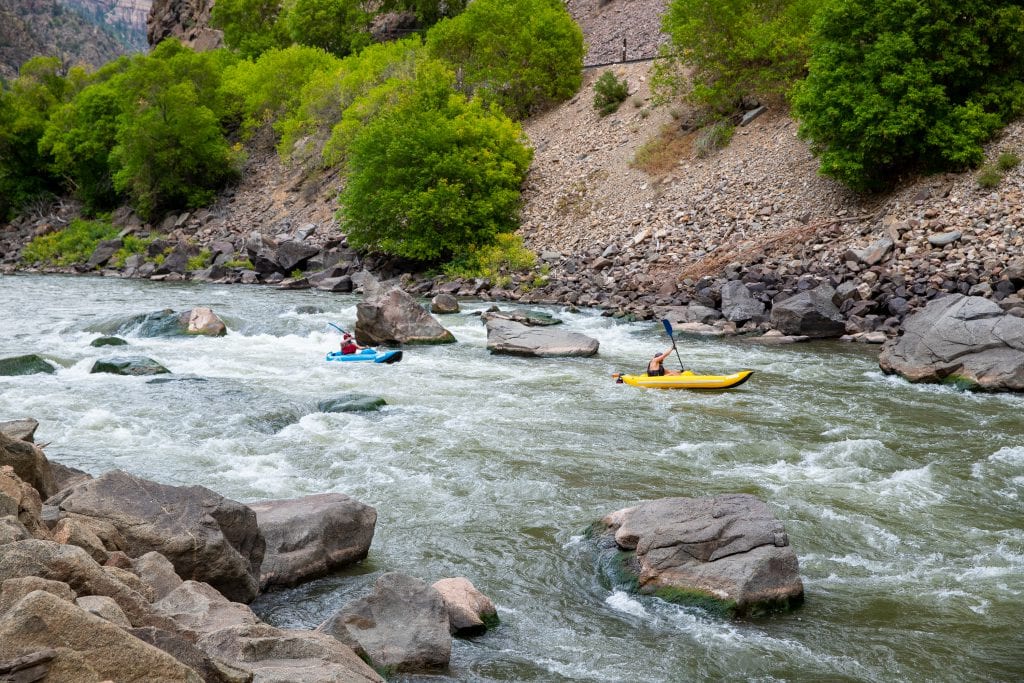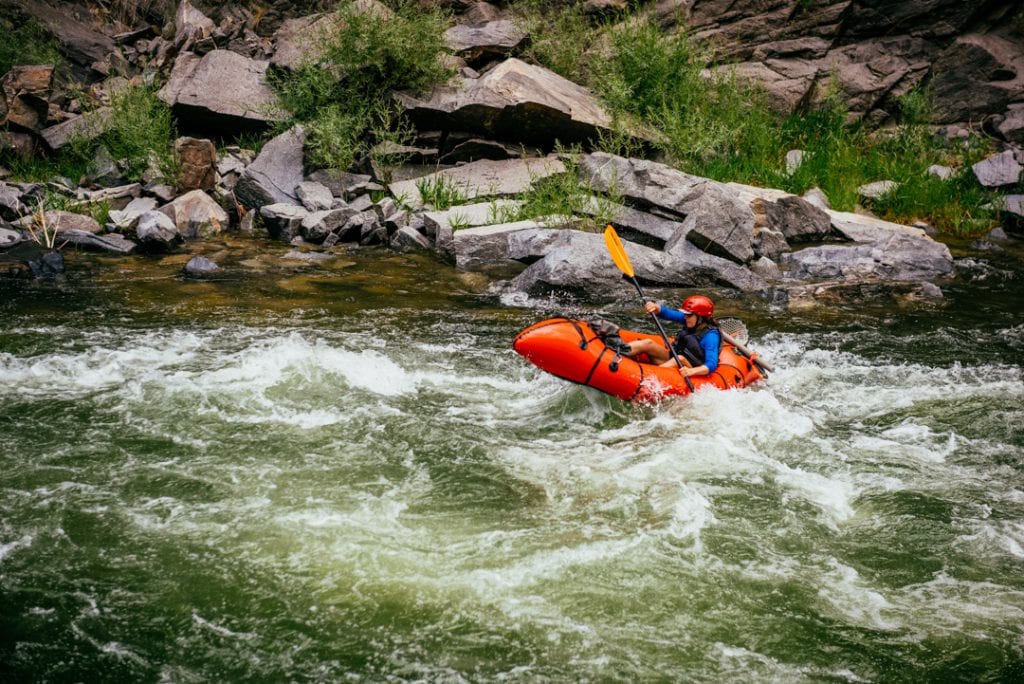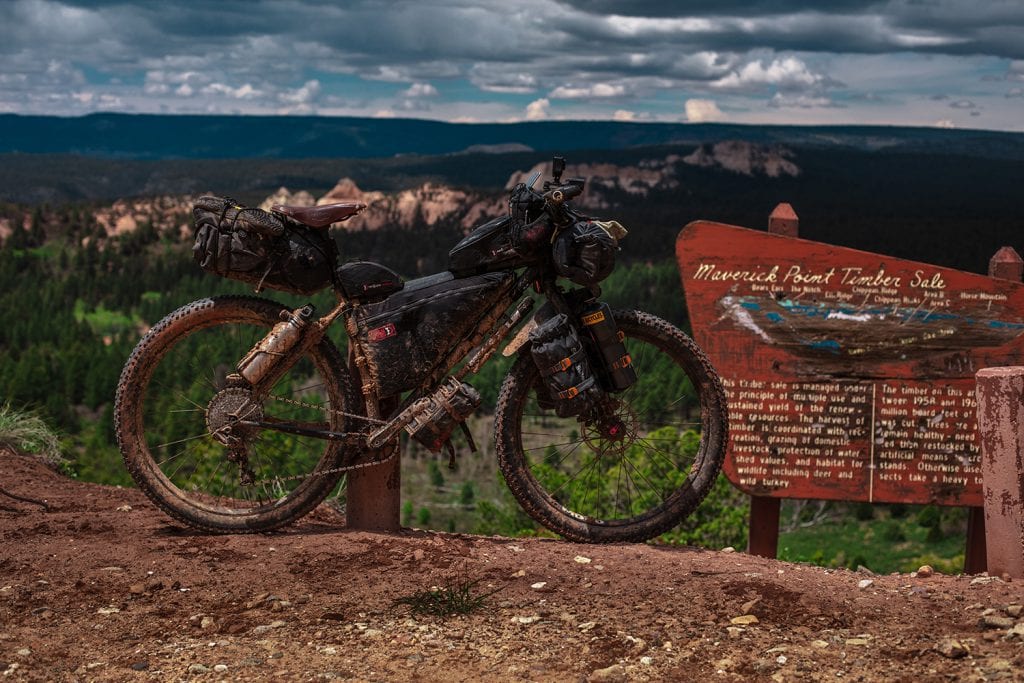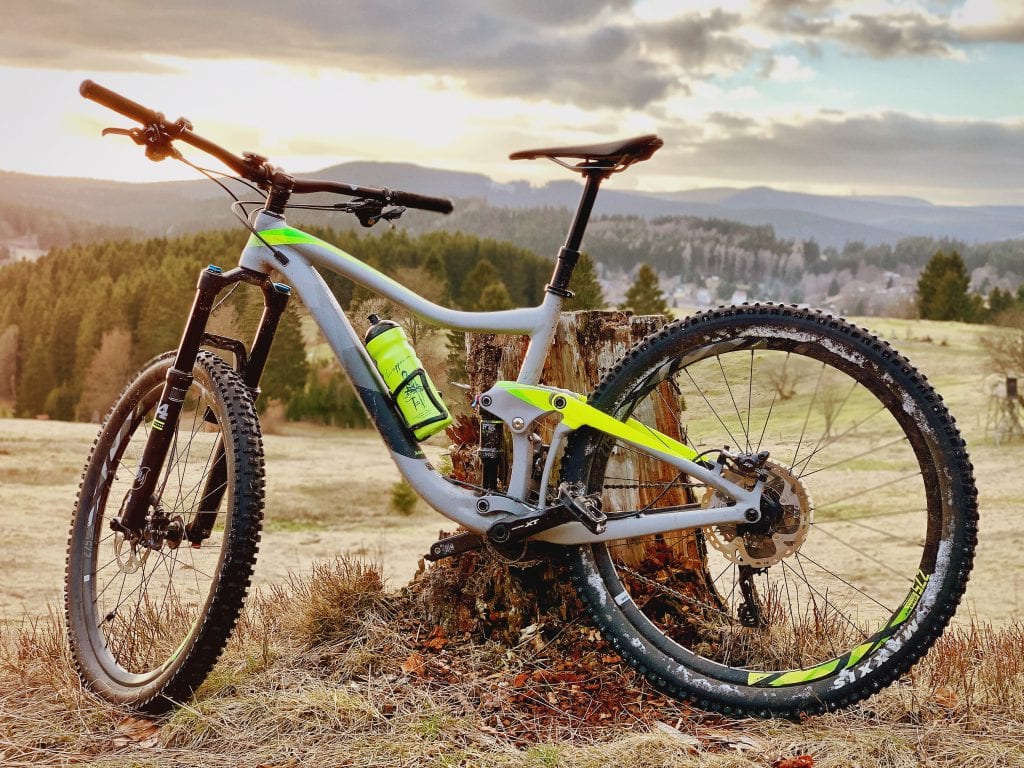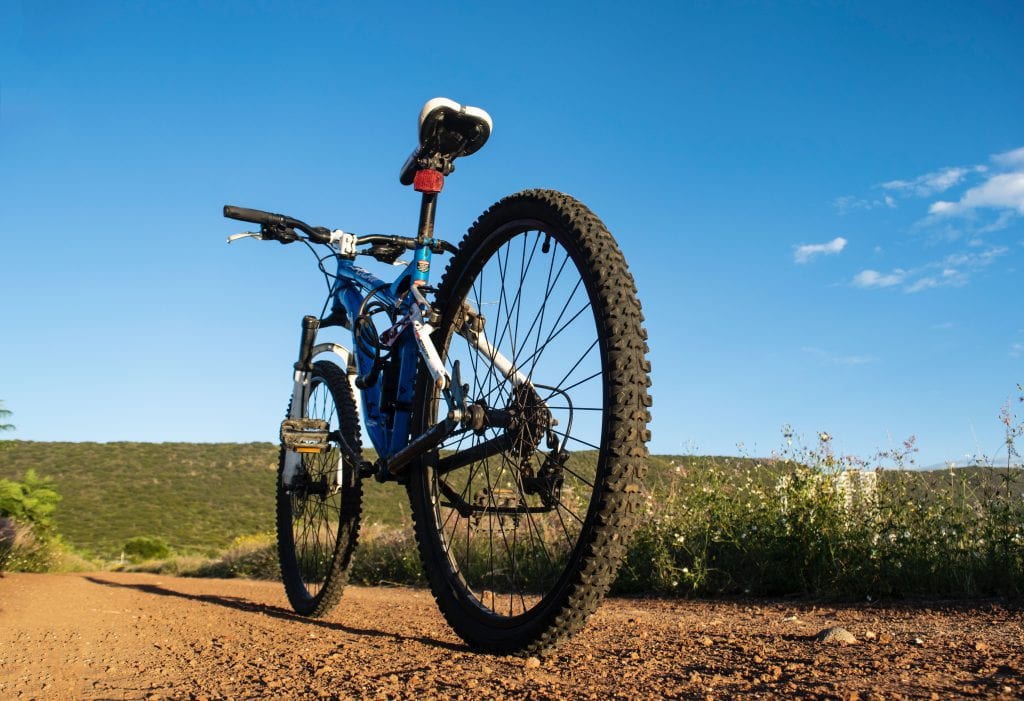Trail mixes completely changed the snacking game when it was first introduced back in the 1960’s, giving hikers, runners, athletes and fitness enthusiasts a portable, energy-rich food that complemented their on-the-go lifestyle. This lightweight snack made it infinitely easier to be on the trails for longer periods–a major game changer at the time.
Fortunately for us, we’ve had a lot of innovation in this century, foregoing the boring (but still delicious) trail mixes of peanuts, raisins and M&Ms in favor of a multitude of sweet and savory combinations.
Grocery and health food stores alike have loads of mix-and-match options on their shelves, so it’s never been easier to create your own.
You’ll find an expanded range of offerings, including items like sesame seeds, pumpkin seeds, espresso beans, wasabi peas, banana chips, cereal, granola and more, and we’re here for it. Let’s talk about the fundamentals of good trail mixes before we launch into some ideas.
There are five categories to be mindful of when building your perfect mix — nuts, seeds, dried fruit, grains, and sweets. These items provide the fat, protein, fiber, antioxidants and other essential vitamins and minerals that you need to sustain your energy level, feel full, and remain focused on your goal.
The balance of these ingredients together provide the crunchy, savory and sweet elements that you’re used to, but give you the flexibility to decide what to add based on your preferences. Hate almonds but love cashews? Great, let’s add cashews. Don’t love dried fruit but want something sweet? Cacao nibs it is. Prefer sweet to savory? Go ahead. Add extra chocolate chips. We dare you.
Now, onto our favorite flavor combinations. Note, everyone has their own tastes and nutritional needs, so know that this is not the holy grail. We encourage you to make substitutions and play with your ingredient ratios freely. There are no rules in the land of trail mix.
Without further ado, here are five recipe ideas, from simple and sweet to nutty and savory, that will help you take your trail mix to the next level.
Simple
A quick-and-easy recipe with a few ingredients that are likely already in your pantry.
- Almonds
- Pumpkin seeds
- Dried cherries
- Dark chocolate chips
- Pinch of sea salt
Nutty
A rich, filling mix of your favorite nuts, roasted or raw, with a hint of sweetness from the raisins.
- Almonds
- Peanuts
- Cashews
- Pecans
- Walnuts
- Raisins
Savory
Savory and crunchy, this recipe packs a little bit of heat with the addition of wasabi and ginger.
- Almonds
- Sesame seeds
- Wasabi peas
- Dried ginger
- Chex cereal
Sweet
A slightly dessert-y combo that will still energize you… thanks, in part, to the coffee beans.
- Coconut flakes
- White chocolate chips
- Hazelnuts
- Chocolate-covered coffee beans
- Cacao nibs
Tropical
This mix will give you serious Caribbean vibes. It’s like a pina colada, but healthier.
- Cashews
- Brazil nuts
- Dried mango
- Coconut flakes
- Banana chips
Have a favorite flavor combo or masterful edit to one of our suggestions? Let us know in the comments below. We’re all for crowdsourcing some killer trail mix recipes.
